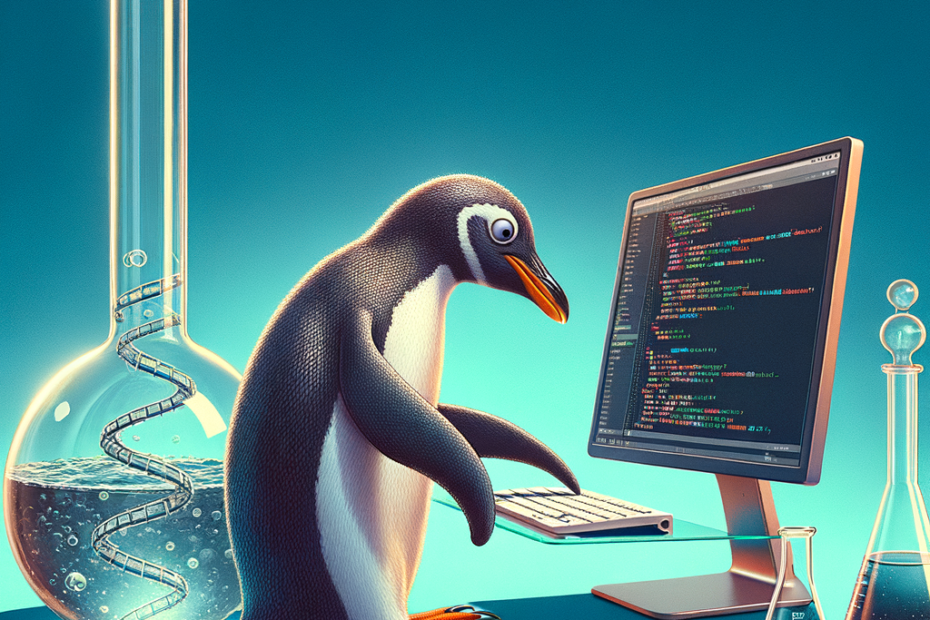Flask, Bottle, and Django are all popular Python web frameworks, but they cater to different development styles and project complexities. This article delves into the core functionalities, advantages, and trade-offs of each framework to guide you in choosing the right tool for your next web application.
This article is aimed at Python developers with basic web development knowledge who are considering building web applications with Python. It will help you decide whether a lightweight microframework (Flask or Bottle) or a full-featured framework (Django) is the better fit for your project.
We will evaluate these frameworks based on the following key factors:
- Development Style
- Features
- Performance
- Ease of Use and Learning Curve
- Security
Development Style
The fundamental difference between microframeworks and Django lies in their development style:
- Control vs. Convention: Microframeworks like Flask and Bottle offer fine-grained control over every aspect of your application. You decide how to structure your code, choose templating engines, and configure routing. This flexibility is ideal for experienced developers who have specific preferences or need to integrate with unique technologies.
- Flexibility vs. Opinionated: Django, on the other hand, enforces a set of conventions for building web applications. This “batteries-included” approach streamlines development by providing pre-built components and a well-defined directory structure. While it might seem less flexible initially, Django’s conventions promote maintainability, readability, and faster development for larger projects.
Example: Project Structure Comparison
- Flask: A Flask project typically has a flat structure with a single Python file (
app.py) containing routes, logic, and configuration. Additional helper modules can be organized for complex applications.
project_name/
app.py
# Additional helper modules (optional)
- Django: Django enforces a specific project structure with separate directories for models, views, templates, and static files. This promotes code organization and separation of concerns.
project_name/
manage.py
project_name/
__init__.py
settings.py
urls.py
wsgi.py
app1/
models.py
views.py
# ... other app-specific files
templates/
static/
Features
- Core Functionalities: All three frameworks provide essential features like routing, templating, database access (through Object-Relational Mappers or ORMs), and form handling.
- Extensions and Libraries: Flask and Bottle rely heavily on third-party extensions to add functionalities like user authentication, database connections, and form validation. Django comes with a wider range of built-in features and functionalities. However, it also allows for extending functionality through custom apps and third-party libraries.
Example: Flask Extension for User Authentication
# app.py
from flask import Flask
from flask_login import LoginManager
app = Flask(__name__)
app.config.from_object(config) # Load configuration
login_manager = LoginManager()
login_manager.init_app(app)
# ... other app routes and logic
Performance
- Overhead: Microframeworks generally have lower overhead due to their minimal core functionalities. This makes them suitable for smaller applications or APIs where raw performance is critical.
- High-Traffic Applications: For high-traffic web applications, Django can be optimized for performance, but careful configuration and caching strategies are essential.
Ease of Use and Learning Curve
- Setup: Flask and Bottle have simpler setup processes, requiring minimal configuration. Django has a more involved setup process due to its project structure and built-in features.
- Learning Curve: Flask and Bottle have a gentler learning curve for developers familiar with Python web development fundamentals. Django’s learning curve is steeper due to its conventions and additional features, but its extensive documentation and large community can ease the learning process.
Security
- Built-in Features: All three frameworks offer basic security features like user input validation and session management. However, it’s crucial to follow secure coding practices and stay updated with security vulnerabilities.
- Community Focus: Django has a larger community and tends to receive security updates and patches promptly. Staying updated with security advisories and best practices is essential for all frameworks.
Choosing the Right Framework
Here’s a decision matrix summarizing the key considerations for choosing a framework:
| Feature | Flask/Bottle | Django |
|---|---|---|
| Development Style | Control, Flexible | Convention-based, Opinionated |
| Features | Fewer built-in features, relies on extensions | More built-in features, extensible with apps |
| Performance | Lower overhead, good for smaller apps | Can be optimized, good for complex apps |
| Ease of Use | Simpler setup, gentler learning curve | More involved setup, steeper learning curve |
| Security | Requires secure coding practices | Larger community focus on security |
Choosing the Right Framework
Now that you understand the strengths and weaknesses of each framework, here’s how to choose the right one for your project:
- Simple APIs or Microwebsites: Flask or Bottle are excellent choices due to their lightweight nature and ease of use.
- Rapid Prototyping: Flask or Bottle’s flexibility allows for quick experimentation and iteration.
- Complex Web Applications with User Management, Database Access: Django’s structure and features streamline development for larger projects.
- Experienced Developers with Specific Preferences: Flask or Bottle offer fine-grained control for experienced developers who have a clear vision for their application architecture.
Conclusion
Flask, Bottle, and Django are all powerful tools for building Python web applications. The best choice depends on your project’s specific requirements, team preferences, and desired development style. By understanding the trade-offs between control and convention, features and performance, you can make an informed decision and leverage the strengths of each framework to build successful web applications.
Additional Considerations
Beyond the technical aspects, consider these factors:
- Community Support: All three frameworks have active communities, but Django’s community is generally larger,offering more resources and support.
- Popularity and Job Market Trends: Django enjoys wider popularity in the job market, but Flask and Bottle are gaining traction as well.
- Alternative Frameworks: Consider frameworks like Pyramid or FastAPI for niche requirements or a different development approach.
The best framework is the one that empowers you to build your web application efficiently and securely.
